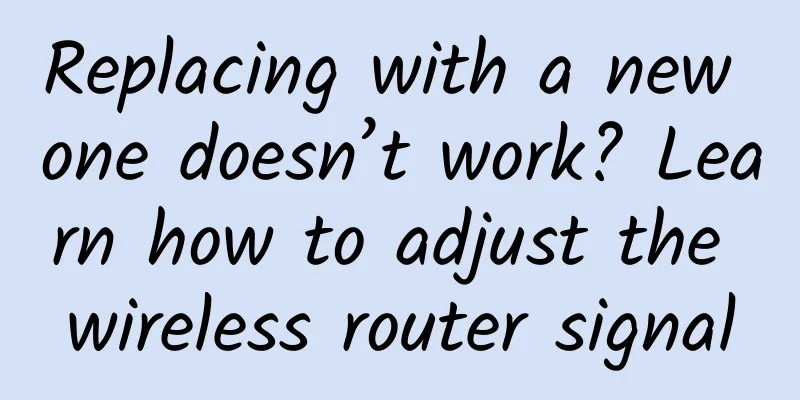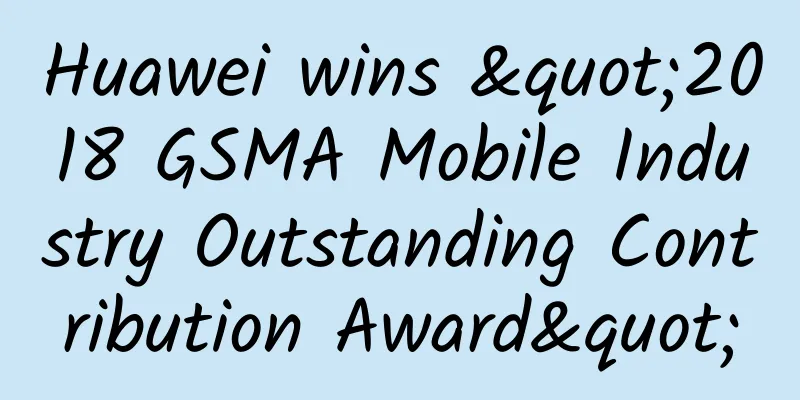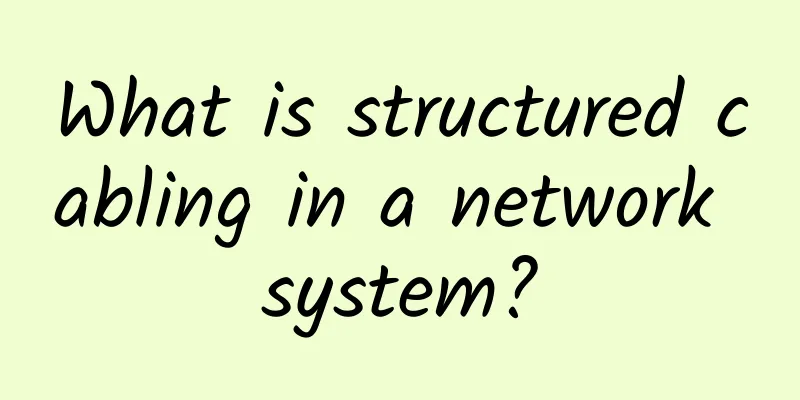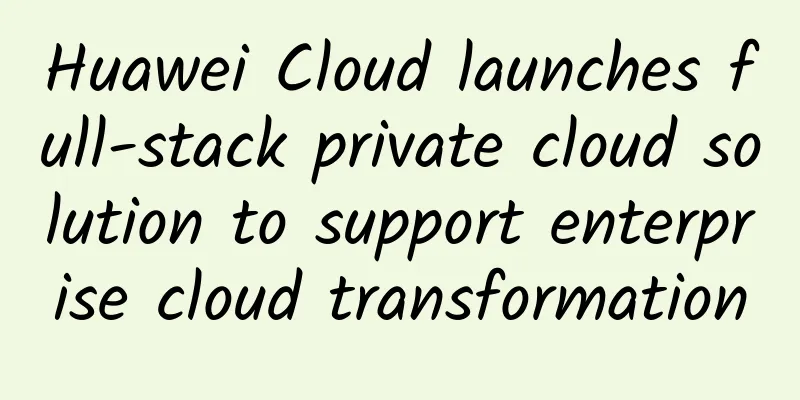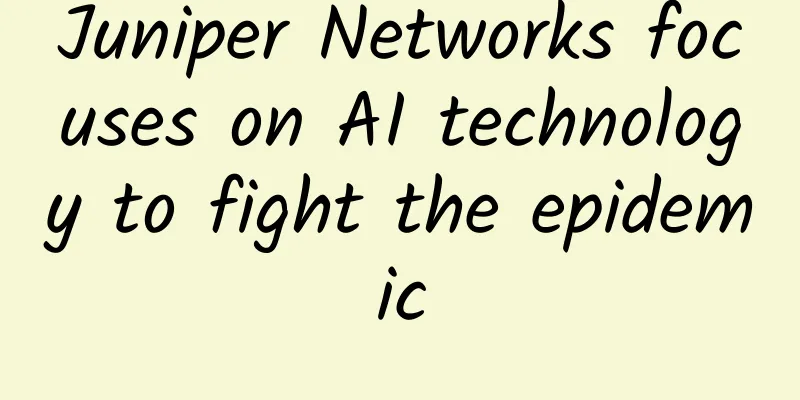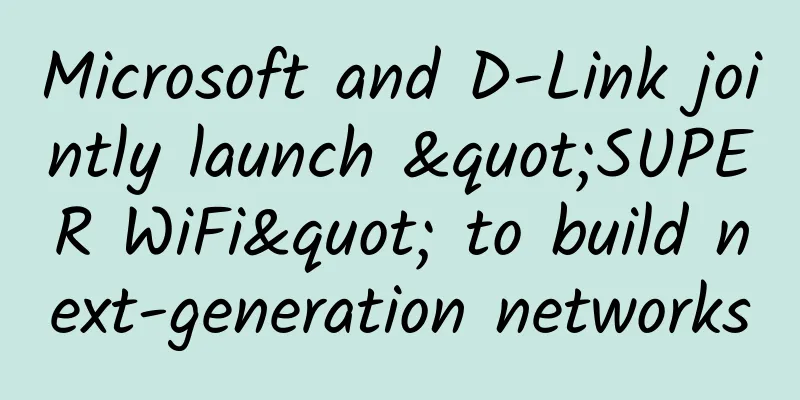IoT and 5G: A blessing or a curse?
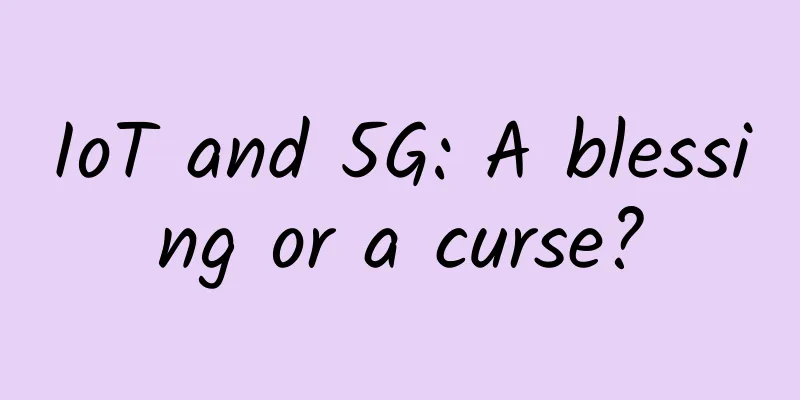
|
The UK's recent decision to phase out Huawei infrastructure from its telecoms network has put concerns about 5G deployment back in the news. There are many reasons why different groups are concerned about 5G - whether it's privacy and data sharing, the cost of implementation, or wild conspiracy theories. In the most extreme cases, this has led to attacks on engineers and vandalism of telecom towers.
However, the pressing challenges inherent in 5G have been drowned out by the noise of network deployment and Huawei accusations. 5G brings unprecedented levels of connectivity, especially as it extends far beyond mobile devices to the objects around us - the Internet of Things (IoT). This brings an unprecedented transformation to mobile networks as we know them - serving mobile phones will no longer be their primary function, but will instead serve IoT devices. IoT is no longer a niche market — but with the greater bandwidth of 5G, these devices will be fully integrated into our daily lives. The market for smart home IoT devices is expected to grow from $24.8 billion in 2020 to $108.3 billion in 2029. In response, the traditional mobile ecosystem will expand at an exponential rate. By 2023, there will be 43 billion IoT devices connected, and 5G networks will handle an unparalleled amount of communication between devices. IoT Advantages There are many advantages to the introduction of IoT devices. In homes around the world, IoT is already in use - whether it's a refrigerator that tells you that the milk is running low, or a thermostat that reacts to the weather forecast. But the potential of IoT goes far beyond the home - it will have a transformative impact on countless industries. For example, production efficiency can be greatly improved using the Industrial Internet of Things (IIoT), where processes can be automated and streamlined to reduce human error, improve product quality and reduce production time and costs. The application of the Internet of Things is not limited to this, it may play a role in the critical infrastructure of cities around the world. Take the city of Santander in Spain as an example: the municipal government has launched an application that enables citizens to use services such as parking search functions, environmental monitoring and digital cities in real time through a network of more than 10,000 sensors and respond to changes instantly. This unprecedented connectivity inevitably brings with it some significant risks. The stakes are much higher in terms of security – a 5G network outage will no longer just mean a smartphone outage – these devices are integrated into critical infrastructure and could therefore quickly become a national security issue. That's a problem because standalone 5G networks are still being developed, and most mobile operators are deploying non-standalone 5G networks that still rely on previous-generation networks and all the security vulnerabilities they have. Network Protocol These networks use inherited signaling protocols (SS7, Diameter, and GTP) that have flaws that mean 5G and the IoT running on them can also be exploited. Many of the protocols are decades old, and as operators adopt a “connect first, secure later” approach, they are exposed to attacks that have plagued previous generations of networks for years. In practice, this means attackers can use denial of service (DoS) attacks to jam network equipment and render entire cities unable to communicate, deceive operators and users, impersonate users to access various resources, and make operators pay for non-existent roaming services. The issues don’t end there – another fundamental problem is that greater connectivity means more access points for potential hackers, increasing the likelihood of catastrophic damage as the impact of an attack could be more widespread than ever before. These attacks don’t just have financial consequences – the collapse of IoT in critical city infrastructure, hospitals or industrial manufacturing carries a real risk of loss of life. Mitigating the Attack However, there are steps operators can take to mitigate these attacks. Security must be a priority during the network design phase. Trying to implement security at a later stage can be more expensive: operators may need to purchase additional equipment, especially when integrating them into complex IoT systems. In addition, network traffic must be monitored and analyzed to identify potential threats and configuration errors. GSMA guidelines encourage such monitoring. To do this, operators need to employ special threat detection systems that can analyze network traffic in real time and detect illegal activity from external hosts. Combined with filtering or firewall capabilities, these solutions can block illegal messages without affecting network performance or user availability. This is particularly important for the Industrial Internet of Things, where network disruptions for any period of time can have a significant impact. In addition to the practical measures that operators can take, it is crucial that the government play its regulatory role around the changing environment of 5G and the Internet of Things. (Source: IoT Home Network) Just this week, the UK Department for Digital, Culture, Media and Sports (DCMS) and the National Cyber Security Center (NCSC) published details of proposed regulations that will enforce specific cybersecurity requirements for smart devices into law. This is a considerable step forward, which means that the UK government has the power to ban and confiscate products that lack adequate security protections. The Internet of Things and 5G will be integrated into every level of society, but governments, businesses and individuals must be aware that despite the advantages and conveniences these technologies bring, if they are not used securely, they will have widespread adverse consequences. |
>>: After the confession failed, I understood the principle of TCP implementation
Recommend
The social app that once had 500 million users is about to be shut down
Author: Lu Yao Proofread by Yun Zhao Not long ago...
Stop coding manually! Found this amazing tool that generates K8S YAML in one click!
In daily K8S operation and maintenance work, we u...
Use Qt to create your own serial port debugging assistant
[[376484]] In my work, the thing I deal with most...
5G optical fiber product network construction requirements
5G is a leading technology in the new generation ...
Huawei and its partners participated in the competition together for the first time, and are committed to promoting joint solutions!
[Original article from 51CTO.com] After the succe...
Thanks to the broadband technician's reminder, I know that the router should be "turned off regularly". No wonder the WiFi is slow and slow.
Nowadays, wireless WIFI networks are available in...
Working principle of HTTP protocol: a must-read for front-end
Why does the front-end need to understand the HTT...
TripodCloud: US CN2 GIA line VPS hosting $38.99/half year, 1Gbps bandwidth, optional large hard disk
Many friends are looking for CN2 GIA line VPS hos...
VMISS Hong Kong VPS 30% off annual payment from 75 yuan, 20% off for all Korea/Japan/Hong Kong CN2/Los Angeles CN2 GIA/9929/CMIN2 optional
VMISS is offering special discounts during the Ch...
Sign up for the 2019 Huawei Cloud Kunpeng Developer Competition now. Developers can collect prize money while playing games!
[51CTO.com original article] In the movie "L...
Java Server Model - TCP Connection/Flow Optimization
Usually, our applications do not need to handle t...
In-depth analysis of common three-way handshake exceptions
[[416112]] This article is reprinted from the WeC...
Essential for operation and maintenance: automated script for batch SSH password-free login of Linux machines
During the operation and maintenance of a large p...
5G without "it" is like building a house without land
As a city's population continues to grow, it ...
Is SD-WAN dead? The answer is of course no
At first glance, everyone must be shocked by thi...
